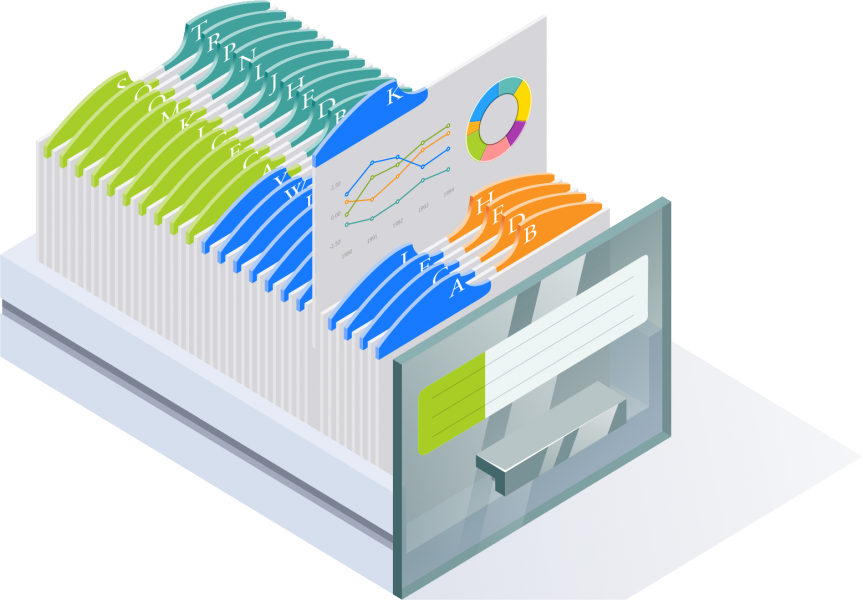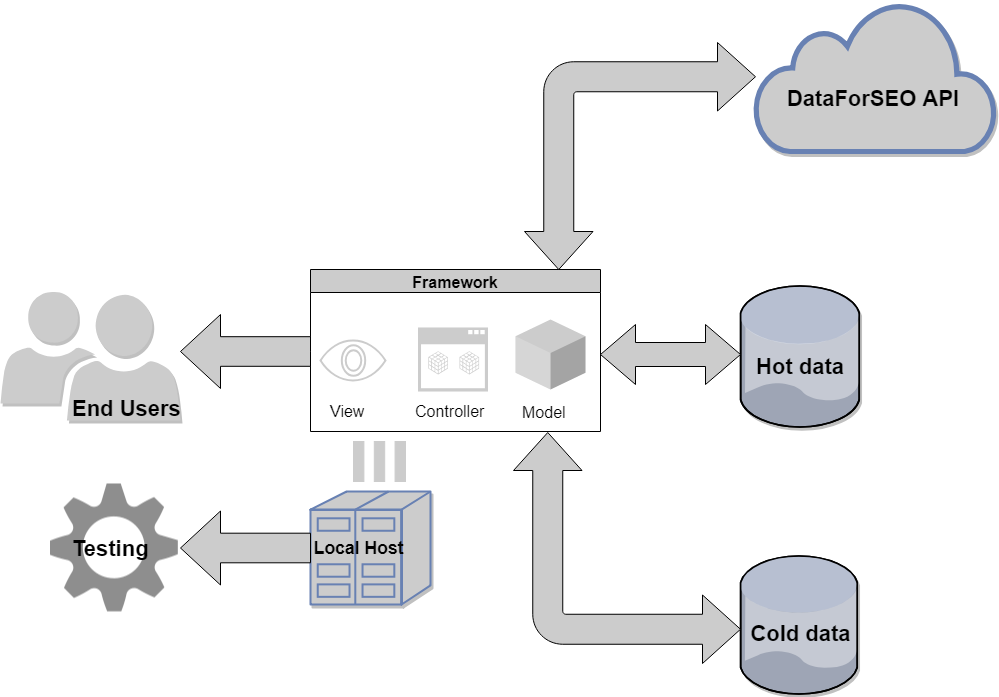Development of SEO Tools. Where to Start?

This day, the Internet is filled up with different software, promising to help with PPC, SEO, lead generation, and other crucial tasks that digital marketers struggle with. Every marketing agency out there is using a wide variety of tools to manage analytics, pay-per-click and search engine optimization campaigns, social media marketing, and a host of other everyday marketing objectives.
While some of these tools are free, others require subscriptions, and may sometimes cost you a fortune. Nevertheless, when it comes to SEO software, there is no one-fits-all solution – sometimes the trade-off of flexibility and time-efficiency is a price to pay for using third-party solutions. So, what happens when you can’t find a tool that meets the full needs of your business?
Most likely, in this case, you’ll start thinking about the development of your custom in-house marketing software. In this article, you’ll find an actionable piece of advice for making the very first steps toward developing your own SEO tool.

Tough decision to make
First things first, you have to figure out what kind of SEO tool you want to build. Which tasks is it going to solve? The primary utilities of SEO software include:
➠ Keyword research
➠ SERP monitoring
➠ Competitor analysis
➠ On-page audits
Of course, you can include all that functionality and develop a universal SEO toolkit. However, if you’re a newbie in building such tools, we wouldn’t recommend holding onto all possible options. As the saying goes, if you run after two hares, you’ll catch neither.
We recommend scratching as many features as possible, but picking just a few of them. Think about how much value the end-user is going to get from the feature, and then try to figure out how easy it is to implement.
For instance, the basic On-page tool can have the following features:
- Pages with error codes
- Load time of pages
- Pages with duplicate content
- Pages with duplicate meta tags
- Inbound links
You can get all the above data from our On-Page API.
SERP monitoring tools represent another segment of popular SEO tools. Such software typically incorporates the following functionality :
- Support of different SE, locations, and languages
- Keywords that websites are ranking for
- Search Volume for ranked keywords
- Additional SERP elements (e.g. carousel, maps, shopping, etc.)
SERP API and Keyword Data API can provide all the data you’ll need to build a tool with such functionality.
Software for keyword research is a tool every digital marketer should have in their toolbox. It’s important that your solution provides as many keyword resources as possible. Here’s a set of functions that DataForSEO Labs API can help implement:
- Long-tail keywords
- Ranked keywords
- LSI keywords
- Keywords from Google Autocomplete
- Customizable Filters
- Keywords data (SV, CPC, Competition Rate, etc.)

Data Sources
You may collect data yourself, or find a reliable data provider. In any case, keep in mind that data is the most critical component of your tool.
Naturally, having third-party data, you can significantly reduce the development cost. Besides that, it allows you to put more effort in building better user experience and interface.
There are lots of APIs one can use to empower apps. Nevertheless, only a handful of them applies to SEO software, and even those that do apply often put strict usage limitations. For example, Google Ads API allows you to integrate data from Ads directly into applications but will be very hard to pass the “token review” if you intend to build your tool on the top of it.
We’ve covered the basics of API solutions compatible with SEO tools in the article Introduction to APIs for SEO software.

Architecture
After you figured out what type of SEO tool you’d like to develop and decided what data source it will be based on, it’s time to work out the architectural model.
The elements of architecture depend mostly on the functionality you decide to include and the scale of your application. Besides that, you should keep in mind the cost, and the time it will take to deploy. It would be a good idea to start with simple solutions and add complex elements later if necessary.
Here’s a short list of elements to implement in your SEO tool:
DataForSEO API for fetching the necessary data
DataForSEO offers a variety of APIs that can be easily implemented into any SEO software. For example, you may want your tool to have TOP100 results pages along with Search Volume and the possibility to find keywords that websites are ranking for. In this case, you’ll need SERP API, Keyword Data API, and DataForSEO Labs API.
Database management system
Data management system is a sufficient element of any software. In the case of SEO tools, DMS is responsible for storing the data you get from API. It’s up to you to decide which data management system to use, but the choice will depend on the scale of your app.
We recommend using different DMS for long-term (more than one month) and short-term (shorter than one month) data storing. For the latter one, you can systems similar to PostgreSQL, and Cassandra-like systems for the first one.
Web framework
The choice of framework obviously depends on the programming language your software will be written in. For instance, you can use Laravel or CodeIgniter for PHP.
You may argue that some applications are being developed without applying to frameworks. Of course, you can instead write all the logic yourself. However, by using frameworks, you can dramatically increase the speed of development and add more “durability” to your software.
The conventional model-view-controller approach is widely used in the development of SEO tools. Put simply, controller-view is responsible for the user interface, while the controller-model makes requests to the database and returns results.
Development environment
Setting up a development environment of your application is crucial because this way you can not only control the entire development cycle but also test the product and fix system bugs before pushing your software to the production stage.
Elements of your development environment depend on the tools your developers use to test software. However, you definitely should separate the development environment from the production, what can be done with setting up the localhost.
Production Environment
Production Environment is basically what users of your software operate with. It would be wise to set up a separate DNS address for your tool and connect it to Google Analytics, so you can see where users are coming from.
Here’s a simplified example of SEO tool architecture that consists of the elements we described above:

After developing the first functioning version of your SEO application, you may want to add more functionality. You can easily do that with DataForSEO. Just pick a metric you need, pull it from our database using one of our APIs and display it on the front end. A few more hours to make sure it passes the tests and you’re ready to push it further to the production!
Final Thoughts
We hope that now, after reading this article, you understand that it’s not hard to develop a simple SEO app. In fact, if you build your software with DataForSEO, you can create your first tool in less than a week.
Finally, you can learn more about the development of SEO tools in our interview with the CTO of RankActive.

